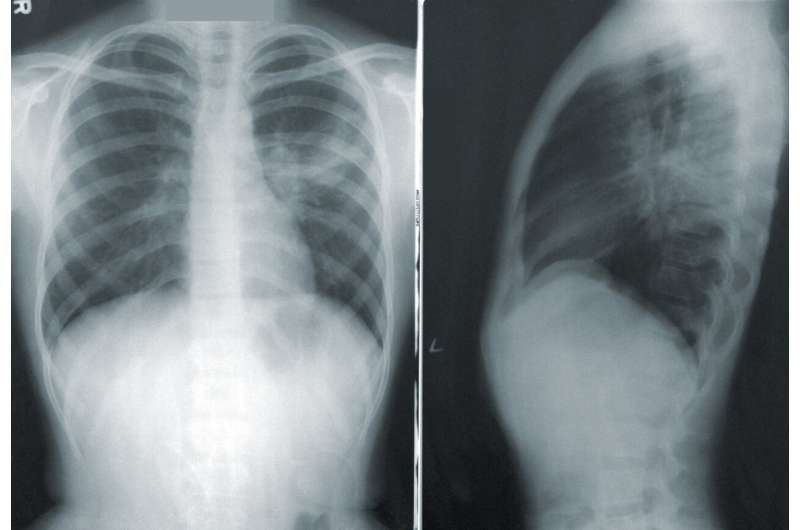New Hypertension Management Guidelines for Primary Care Clinicians

New guidelines from Hypertension Canada aim to enhance primary care management of hypertension, featuring lower blood pressure thresholds and practical treatment strategies to improve cardiovascular health nationwide.
A new set of guidelines has been developed to assist primary care providers, including family physicians, nurses, nurse practitioners, and pharmacists, in effectively diagnosing and managing hypertension. Published in the Canadian Medical Association Journal, these guidelines aim to improve hypertension control, which remains the leading modifiable risk factor for heart disease and mortality, impacting approximately 25% of Canadian adults.
Despite Canada's history of successful hypertension treatment programs, recent trends show a decline in optimal blood pressure management, potentially due to inconsistent guidelines, reduced engagement with healthcare providers, and varying healthcare practices. Recognizing that primary care is the frontline for hypertension management, Hypertension Canada crafted these practical guidelines to support clinicians in achieving better patient outcomes and broader population health benefits.
The guidelines utilize the WHO HEARTS framework, emphasizing adaptable strategies to enhance cardiovascular health globally. Key updates include lower blood pressure thresholds for diagnosis and treatment targets, which aim to facilitate earlier detection and intervention. While these lower thresholds may lead to more individuals being classified as hypertensive—potentially affecting insurance and personal perceptions—the evidence supports their efficacy in reducing long-term cardiovascular risks.
Medications are selected based on their efficacy, tolerability, cost, and availability, with consideration for future drug shortages and ease of pill splitting. It is important to note that the guidelines do not apply to all populations, such as children or pregnant women, for whom separate guidelines exist. Instead, they primarily focus on the approximately 95% of uncomplicated hypertension cases encountered in community settings.
Developed by a multidisciplinary team, including patient partners, these guidelines are the first of two. The second will address more complex cases like resistant hypertension. As Dr. Ross Tsuyuki highlights, empowering primary healthcare providers with these evidence-based recommendations can lead to significant improvements in hypertension management and overall cardiovascular health.
Sources: [https://medicalxpress.com/news/2025-05-guideline-focused-hypertension-primary.html]
Stay Updated with Mia's Feed
Get the latest health & wellness insights delivered straight to your inbox.
Related Articles
Early Colonoscopy Screening at Age 45 Shows Similar Neoplasia Detection Rates as Older Adults, Supporting New Guidelines
New research supports lowering the age for colonoscopy screenings to 45, showing detection rates similar to older adults and bolstering updated guidelines for colorectal cancer prevention.
Rising Lung Cancer Rates Among Nonsmokers and the Underlying Causes
Increasing lung cancer cases among nonsmokers highlight the importance of awareness, early detection, and understanding environmental and genetic risk factors. Learn more about this evolving health issue.



